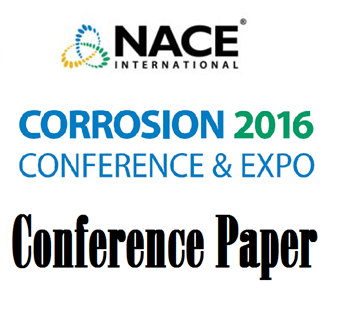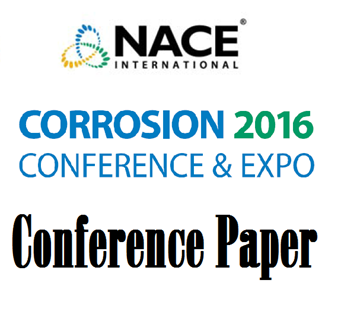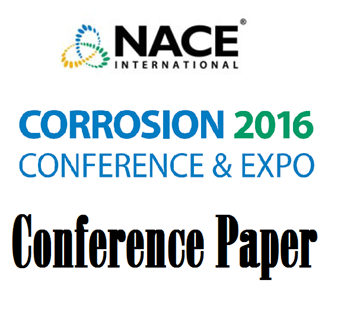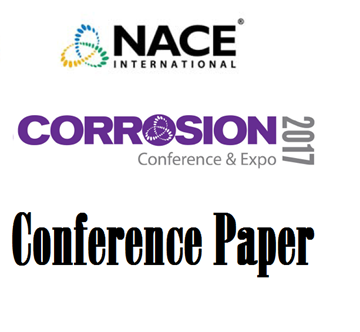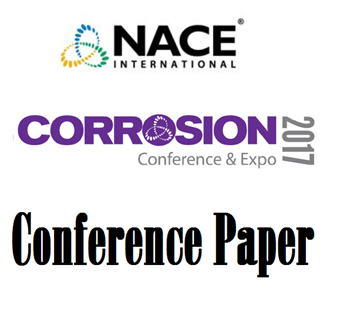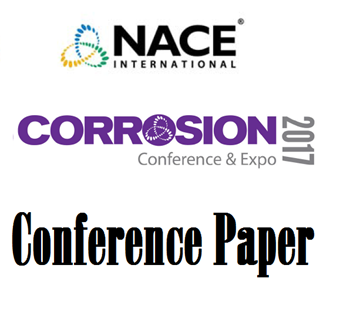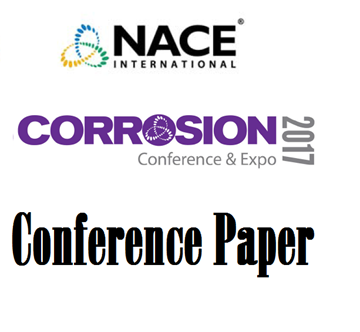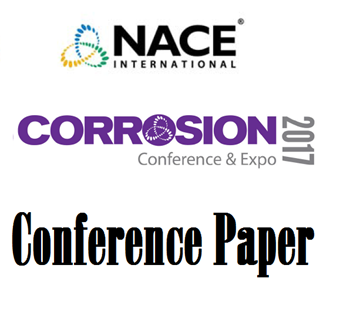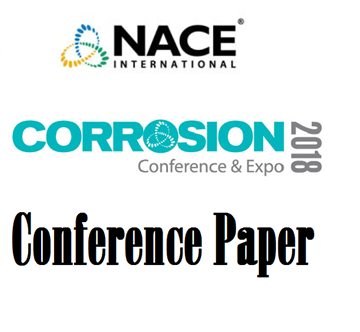Search
Products tagged with 'coatings'
View as
Sort by
Display
per page
20 Year Colour Lifetimes for Architectural Restoration Coatings - Theory and Reality
Product Number:
51216-020-SG
Publication Date:
2016
$20.00
2-Component Polyurethane Topcoats - Formulating Variables Affecting Weathering Performance
Product Number:
41212-710-SG
Publication Date:
2012
$20.00
2-Component Polyurethane Topcoats - Formulating Variables Affecting Weathering Performance
Product Number:
41208-399-SG
Publication Date:
2008
$20.00
51316-7024-High Temperature FBE Coating Disbondment in Multi-Layer PP Insulation Coatings
Product Number:
51316-7024-SG
ISBN:
7024 2016 CP
Publication Date:
2016
$20.00
51316-7055-Are You Trained Certified and Qualified to Assess Corrosion and Related Defects?
Product Number:
51316-7055-SG
ISBN:
7055 2016 CP
Publication Date:
2016
$20.00
51316-7065-Coating Deterioration-A Mechanistic Overview
Product Number:
51316-7065-SG
ISBN:
7065 2016 CP
Publication Date:
2016
$20.00
51317-9271-Bio-Functional High Performance Coatings of Titanium and Magnesium Alloys for Biomedical Applications
Product Number:
51317-9271-SG
Publication Date:
2017
$20.00
51317--9528-Practical Approach to Verifying Coating Quality of Bored Pipe
Product Number:
51317--9528-SG
ISBN:
9528 2017 CP
Publication Date:
2017
$20.00
51317-9584- Graphene Based Nanomaterials for Biomedical Coatings
Product Number:
51317-9584-SG
ISBN:
9584 2017 CP
Publication Date:
2017
$20.00
51317--9585-Superhydrophobic Coatings and Oil and Water Separation
Product Number:
51317--9585-SG
ISBN:
9585 2017 CP
Publication Date:
2017
$20.00
51317-9586- Polymer and Nanomaterial Based Inhibitors: Stimuli-Responsive
Product Number:
51317-9586-SG
ISBN:
9586 2017 CP
Publication Date:
2017
$20.00
51318-10487-Evaluation of Coating Systems to Address Pitting Corrosion of 316 Stainless Steel for Offshore
Product Number:
51318-10487-SG
Publication Date:
2018
$20.00




